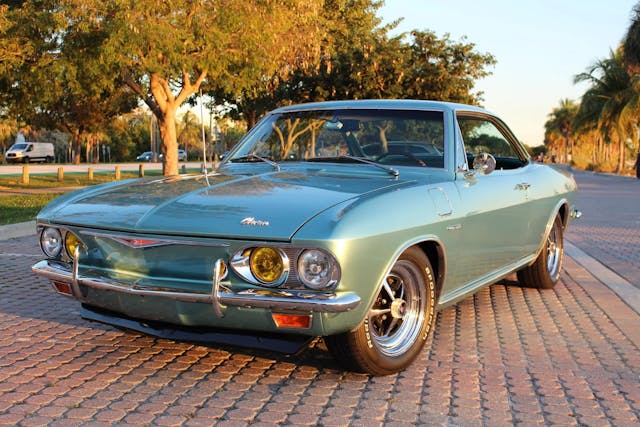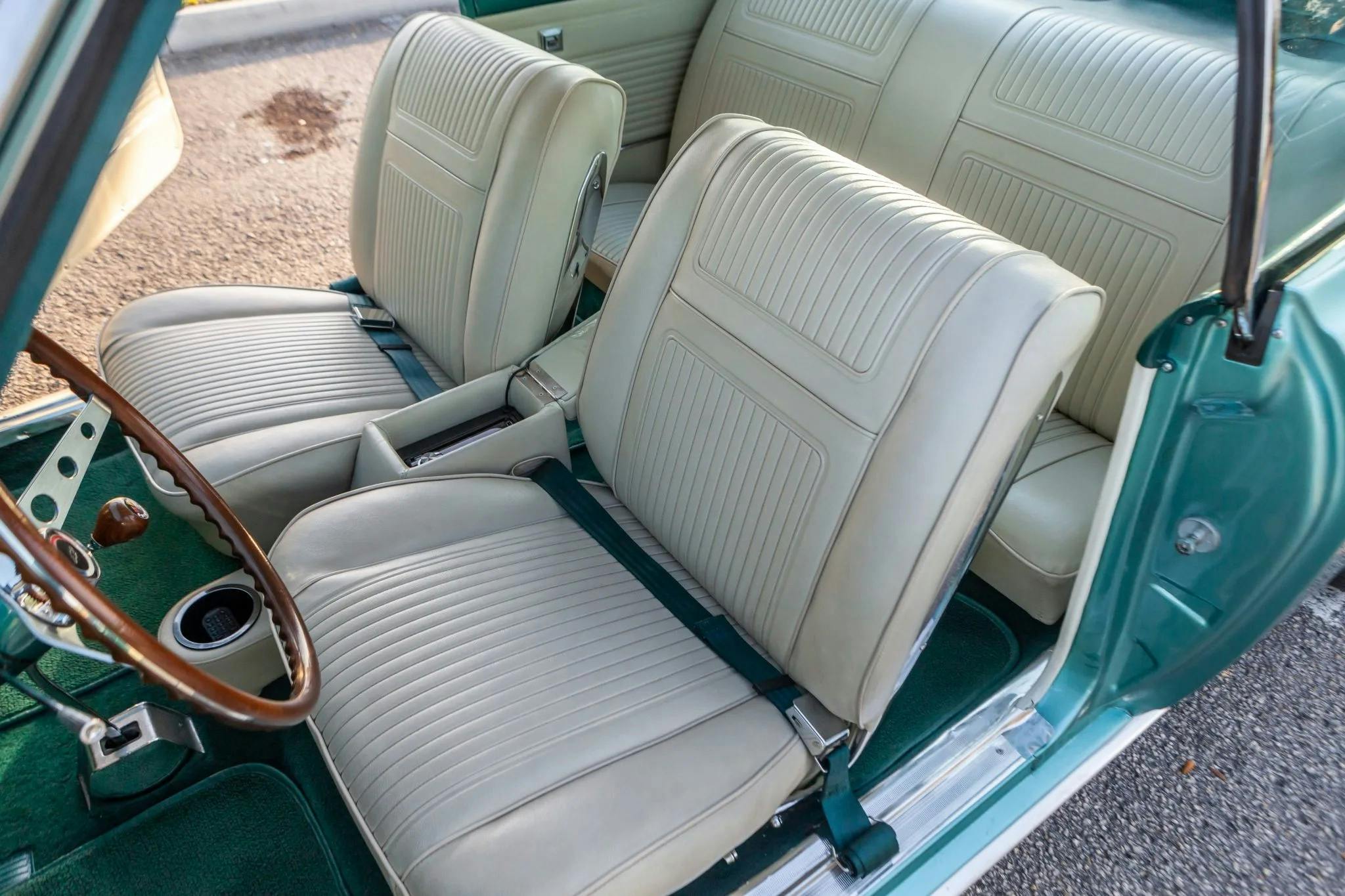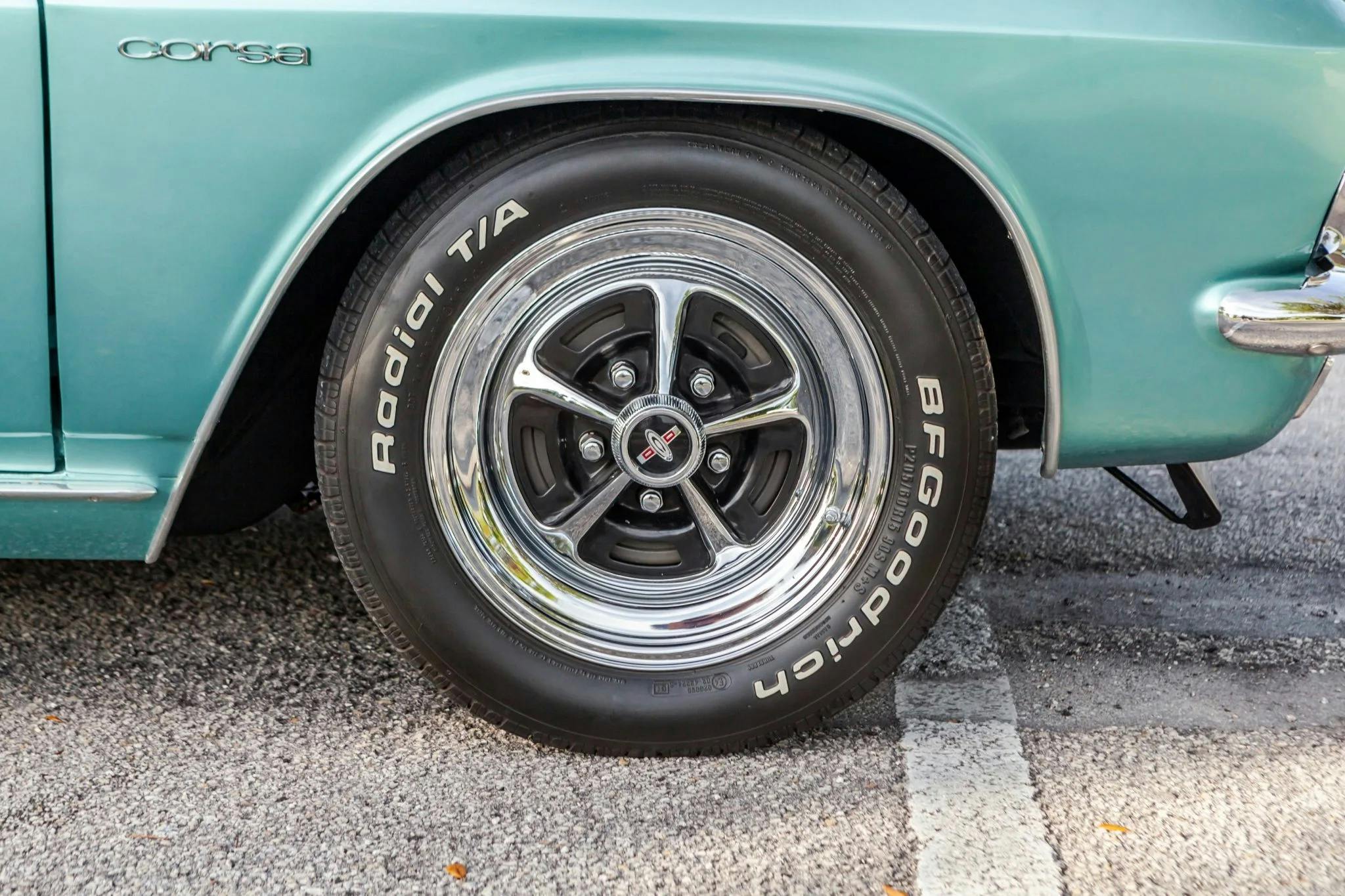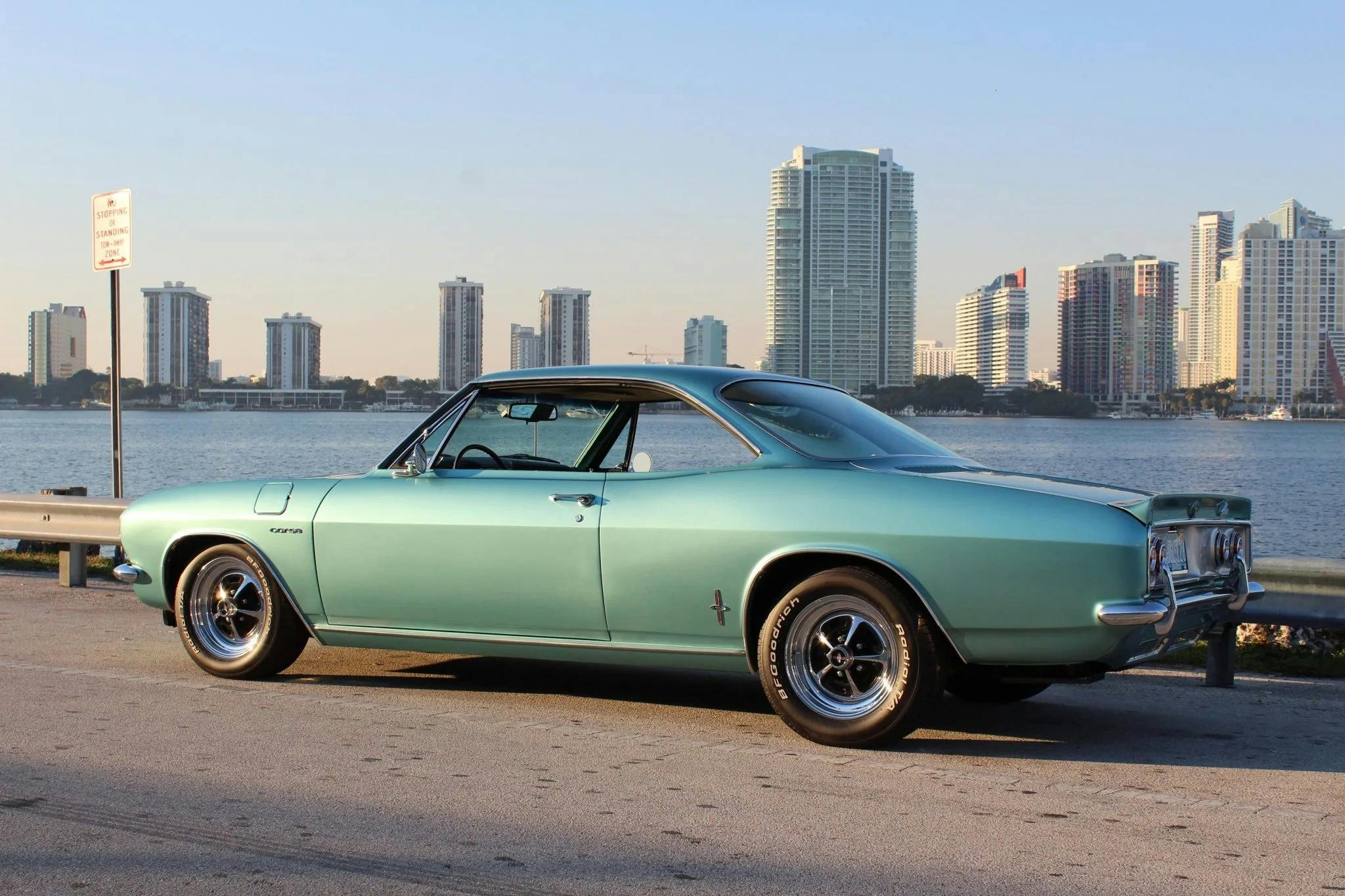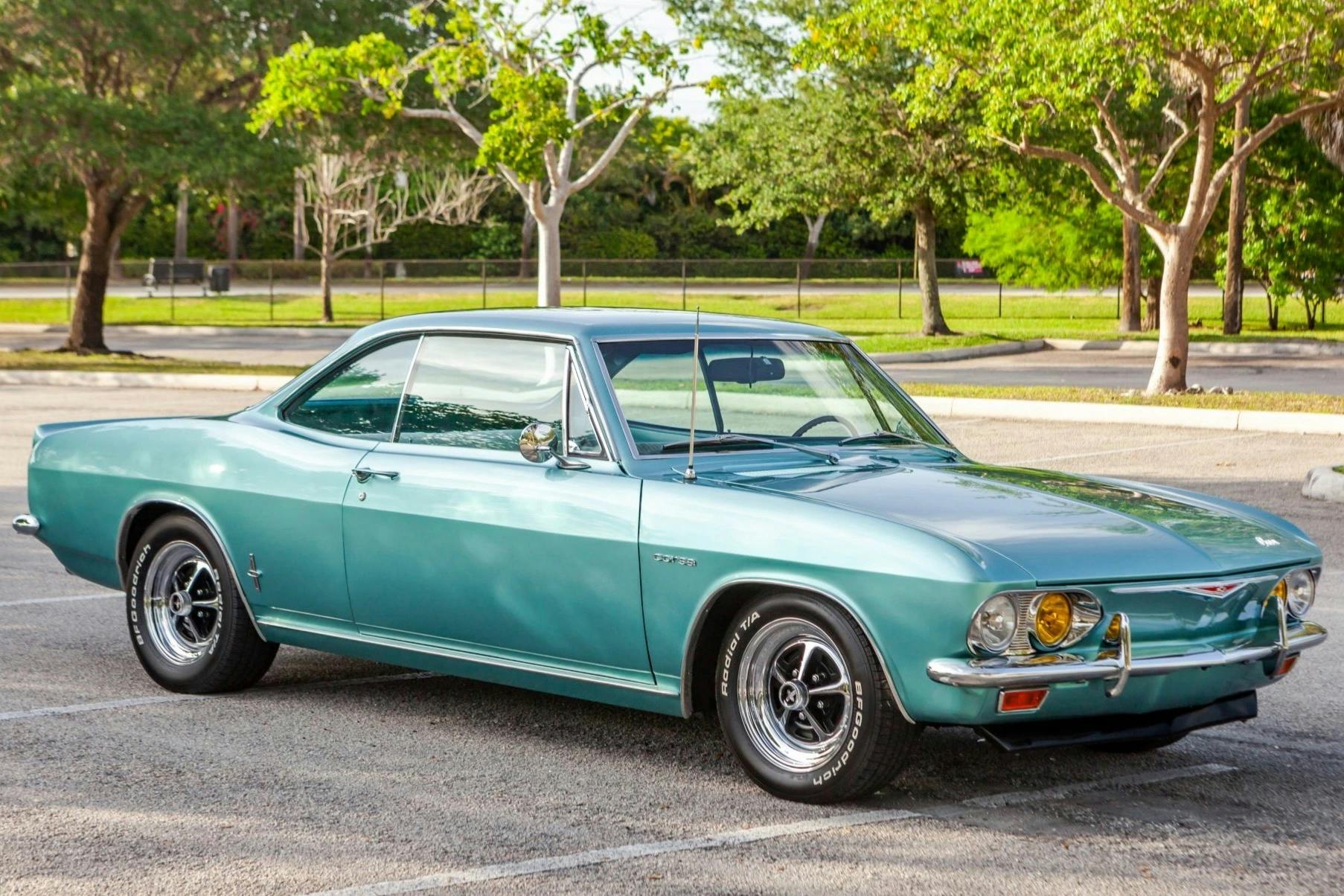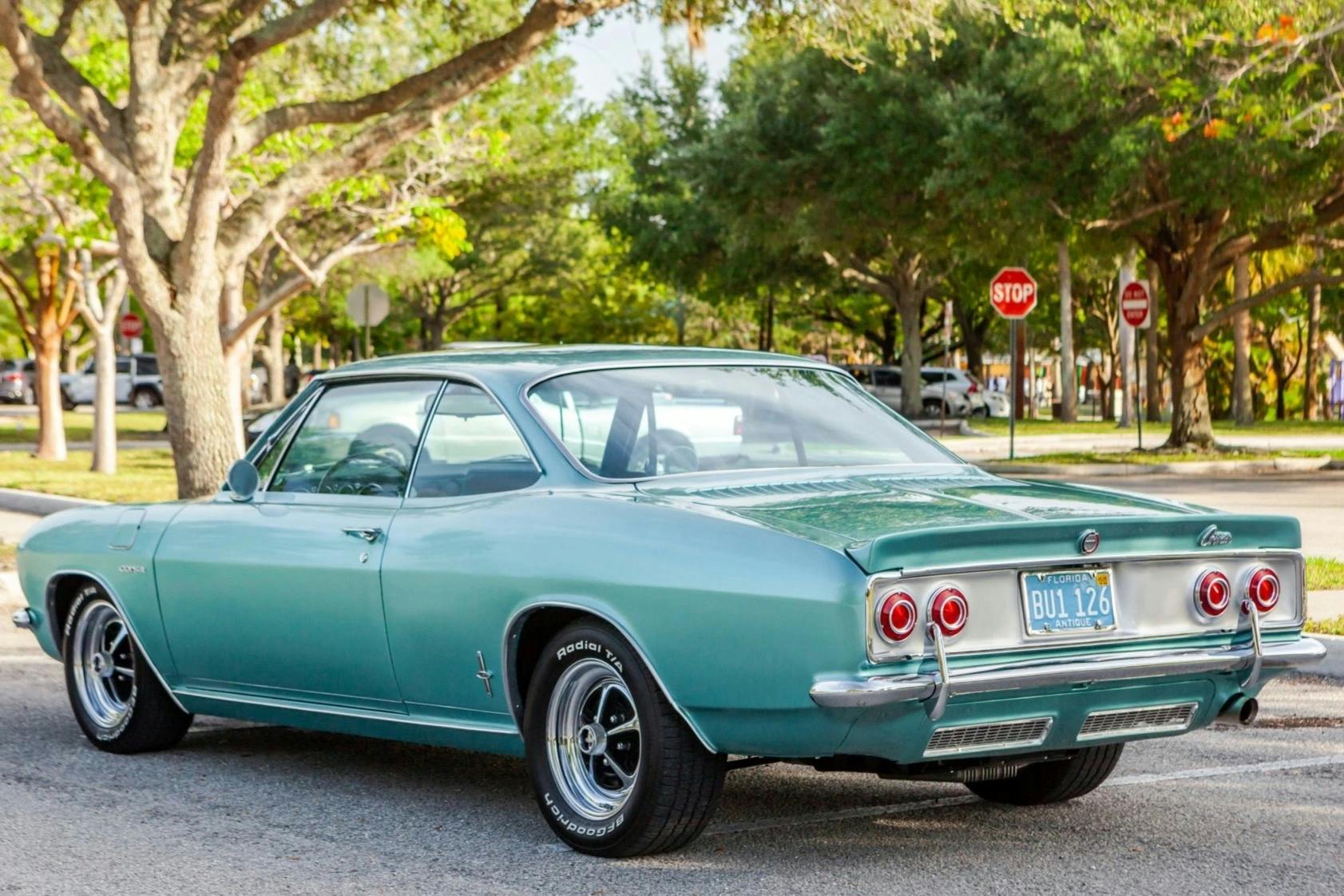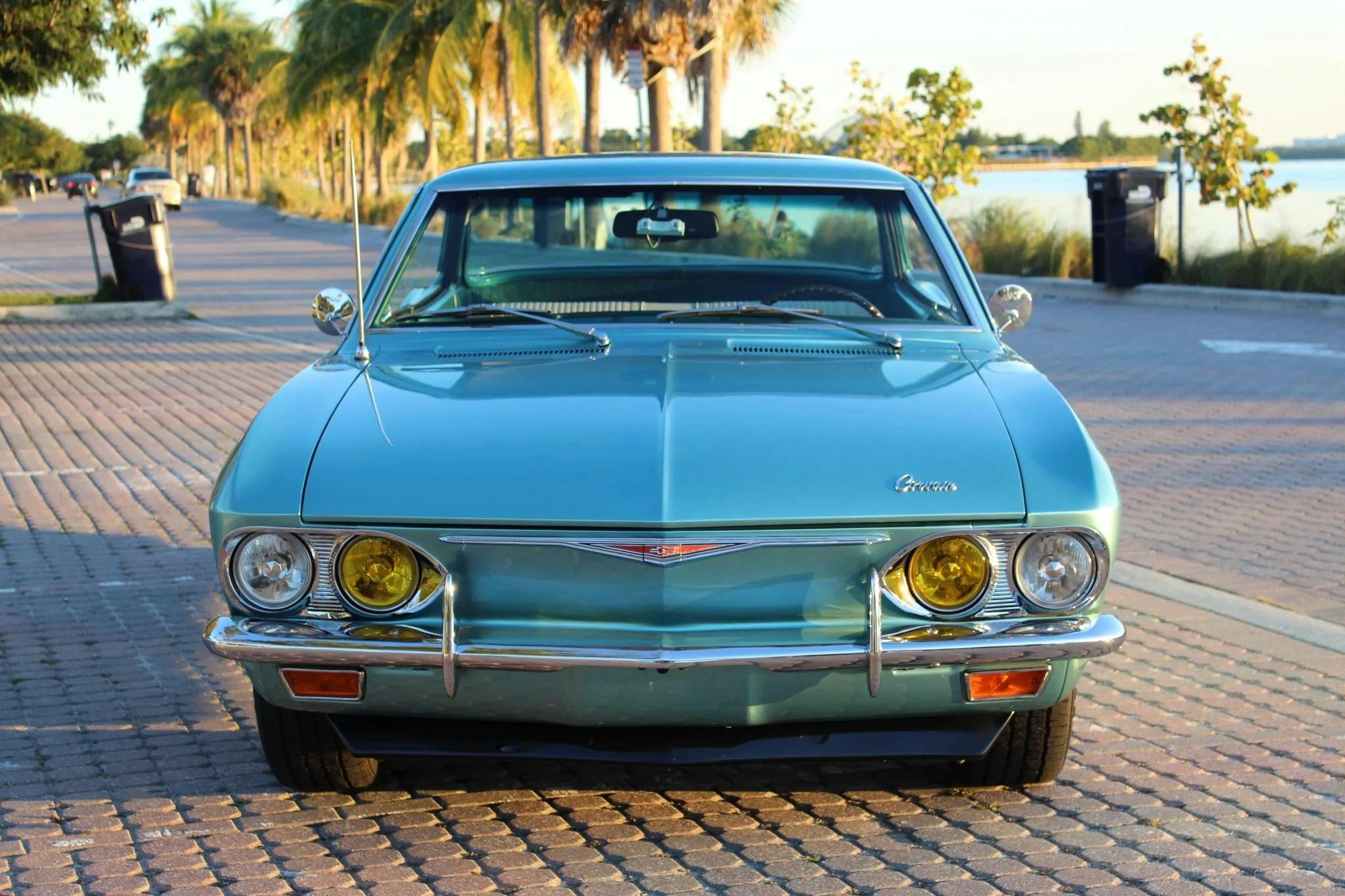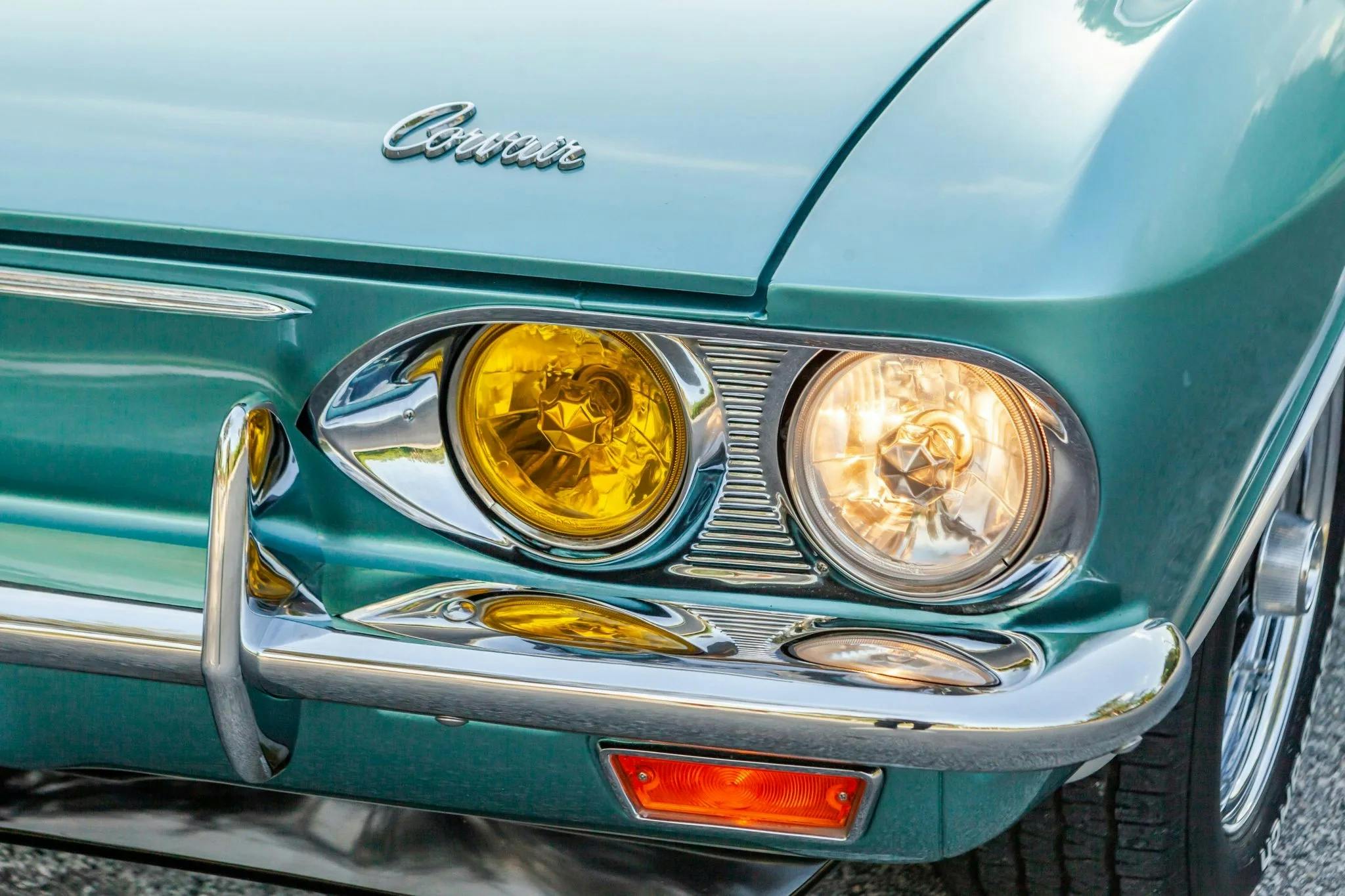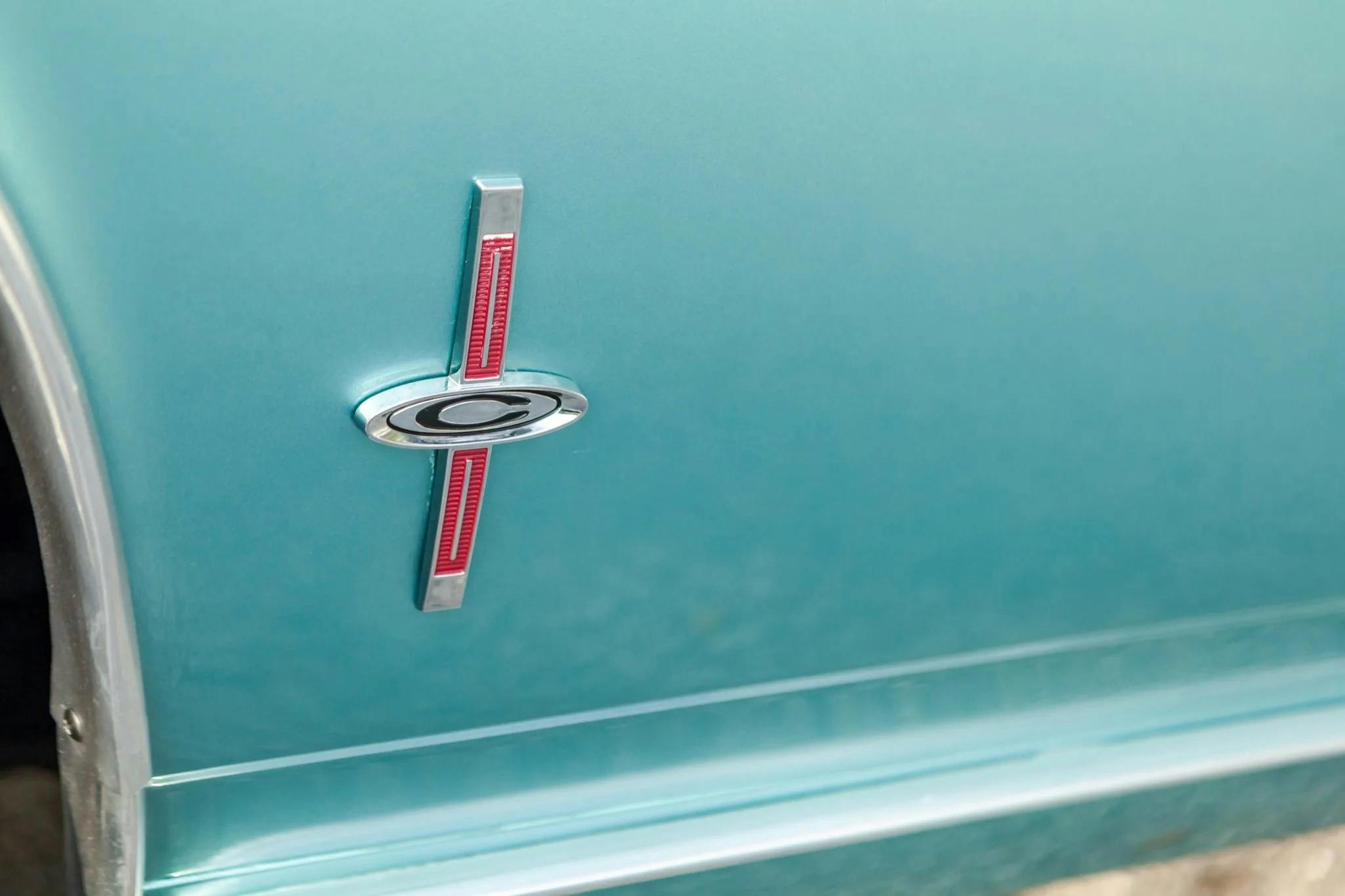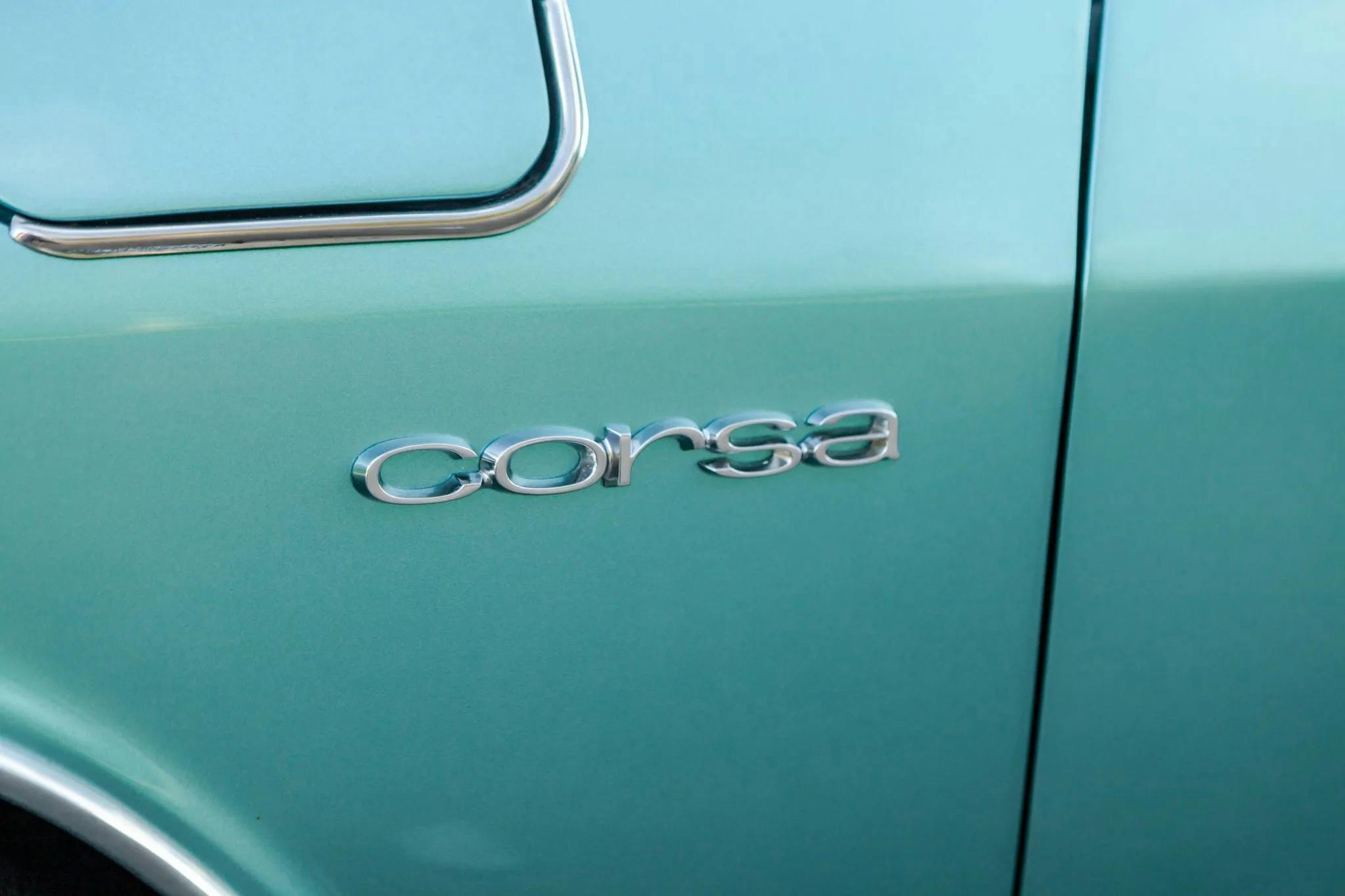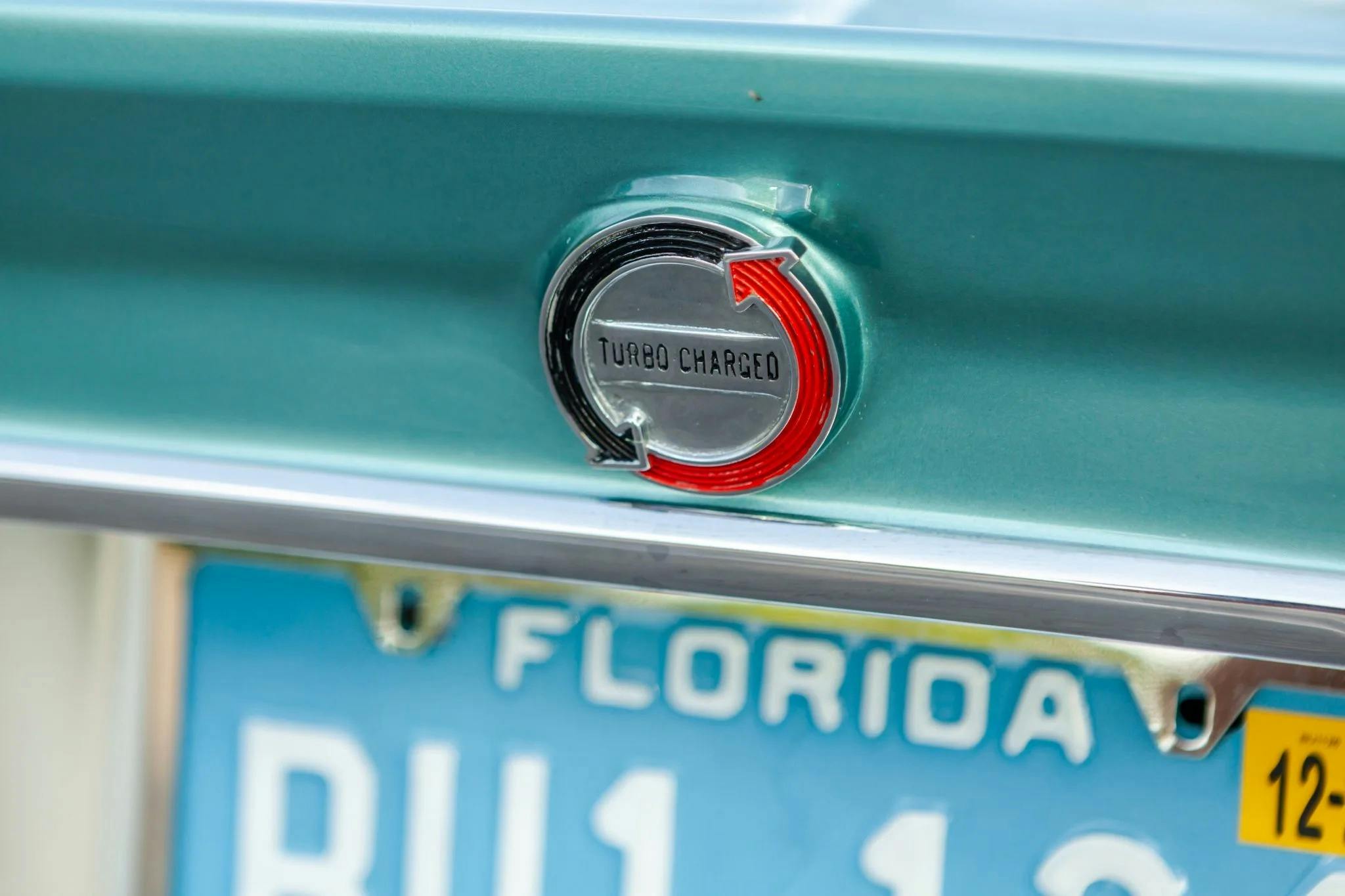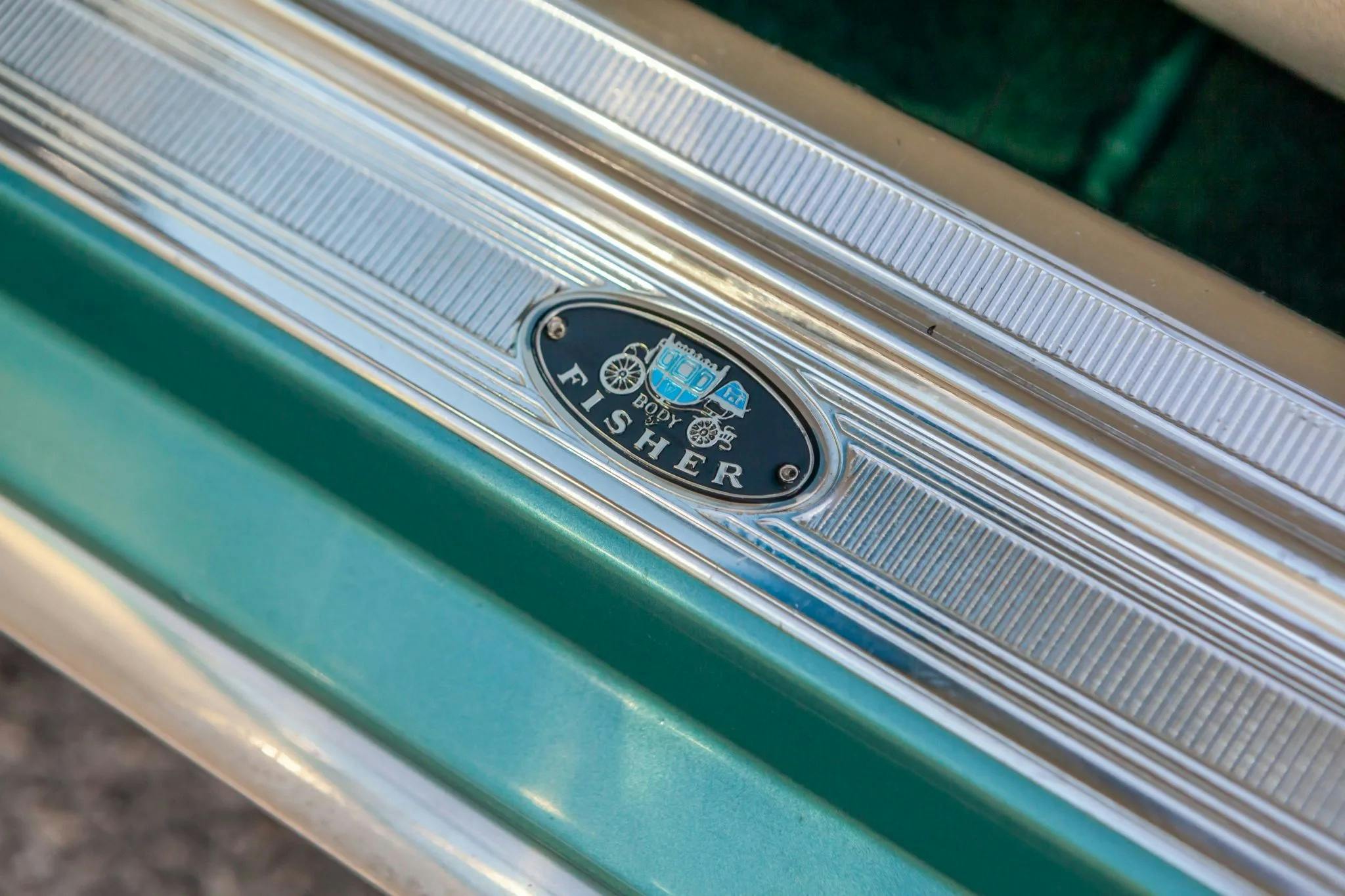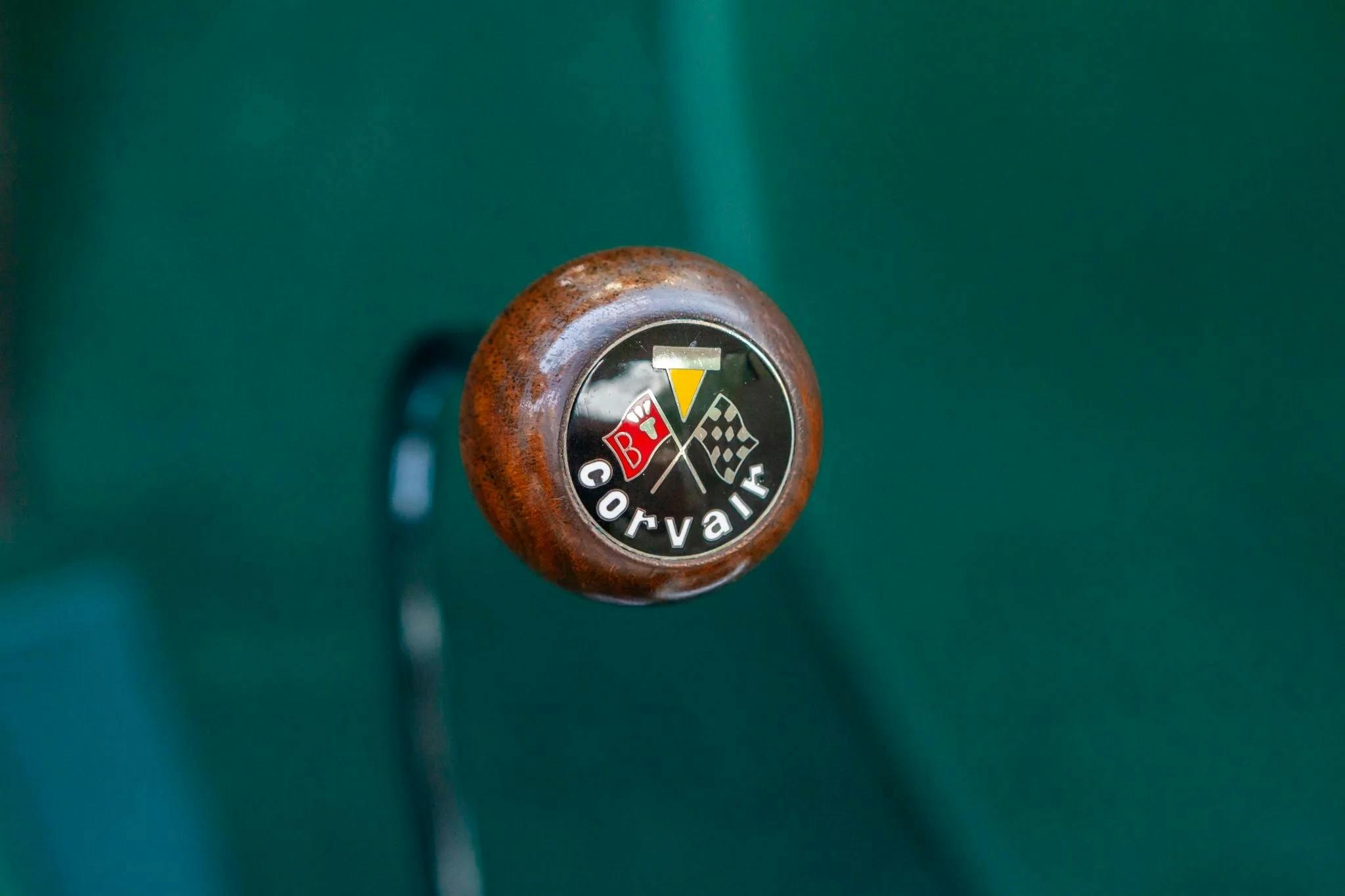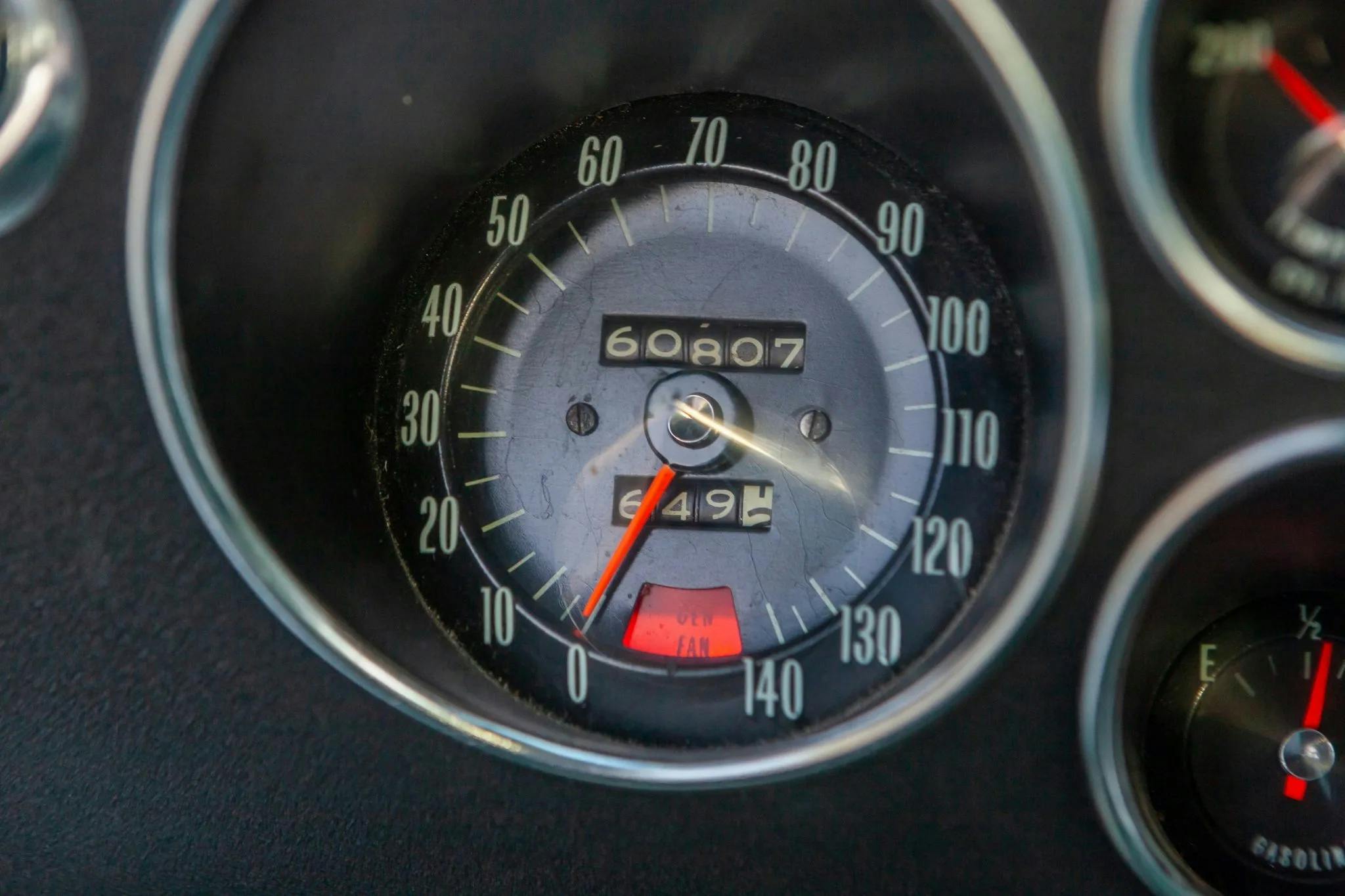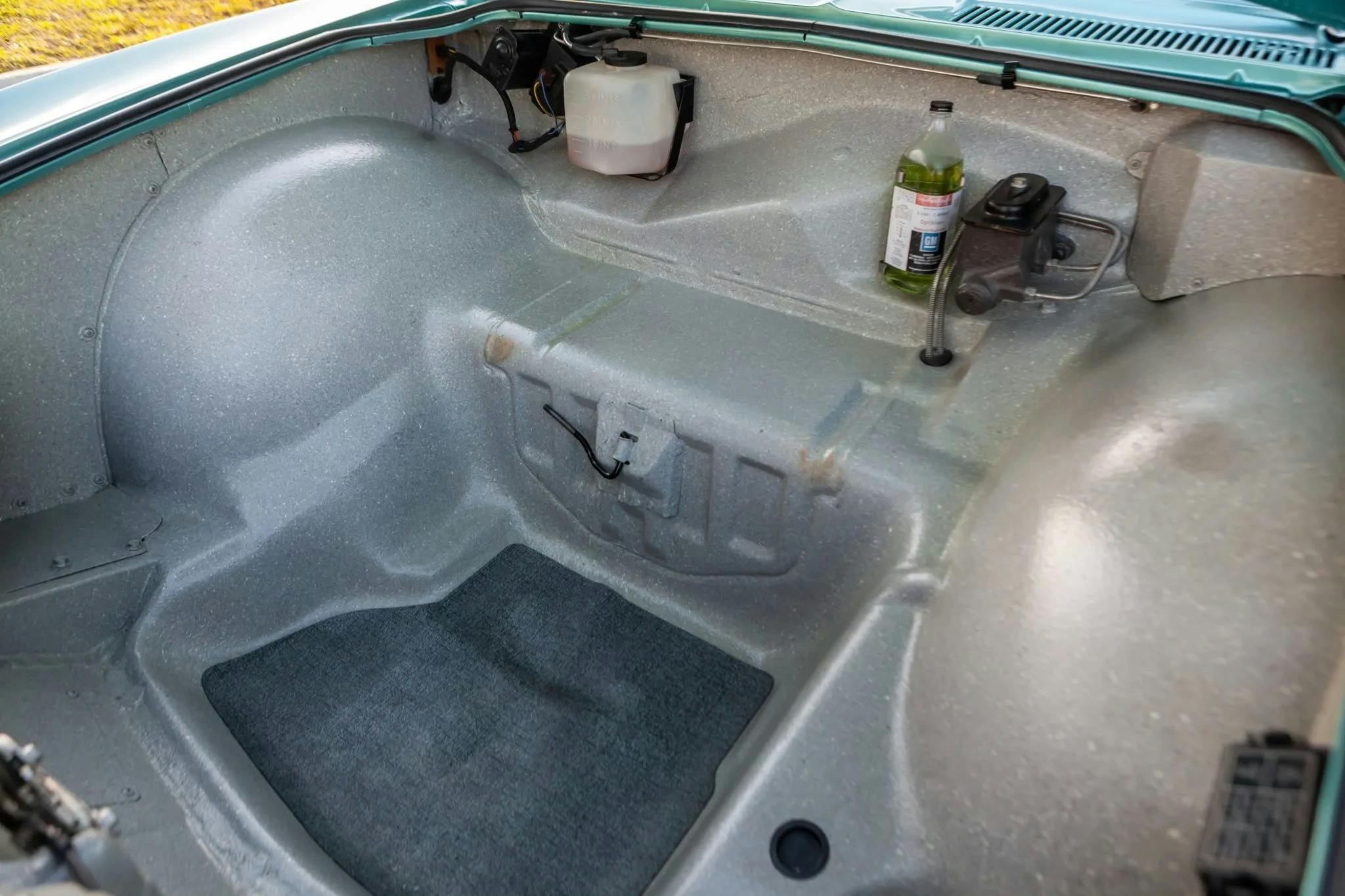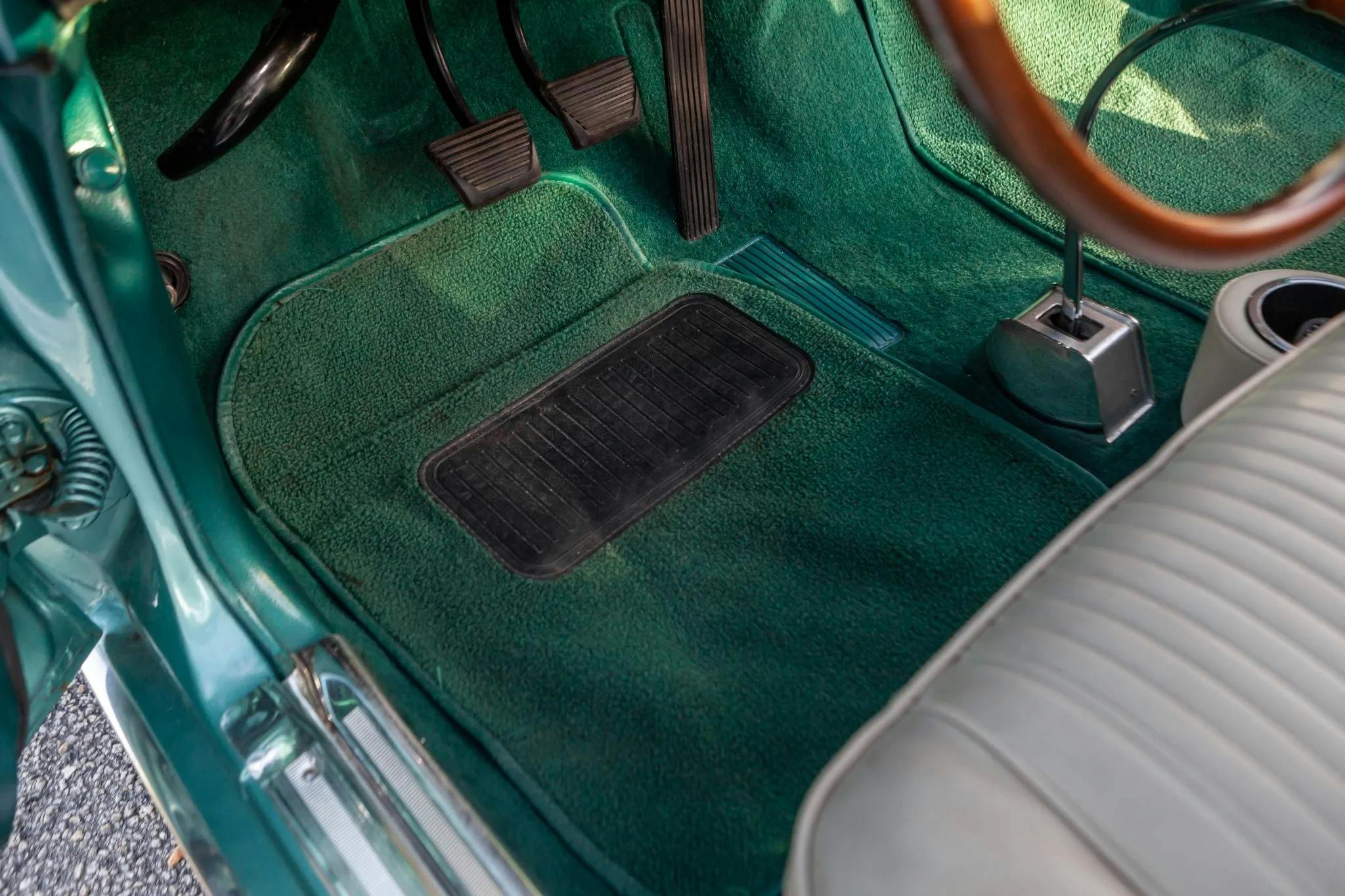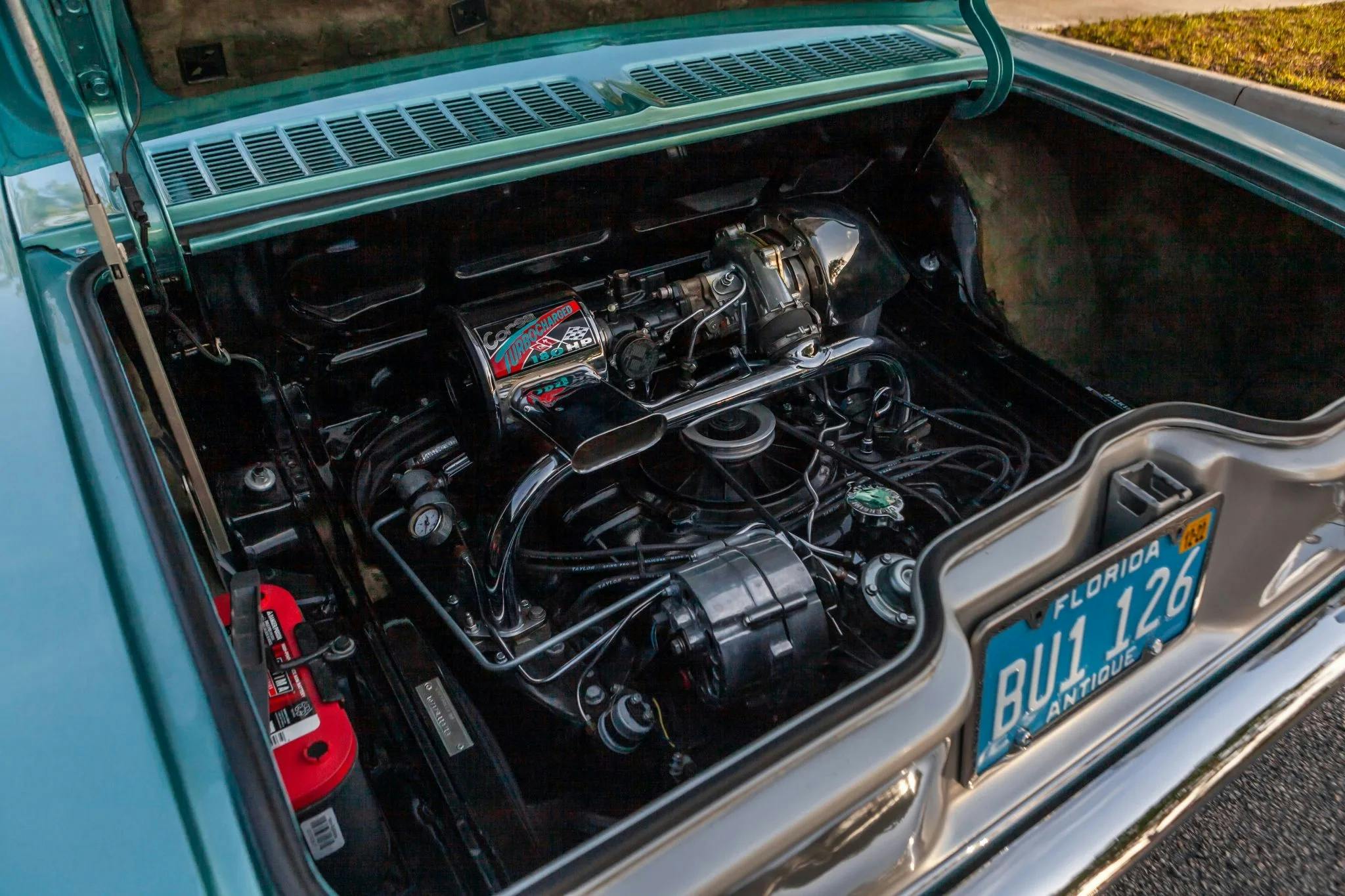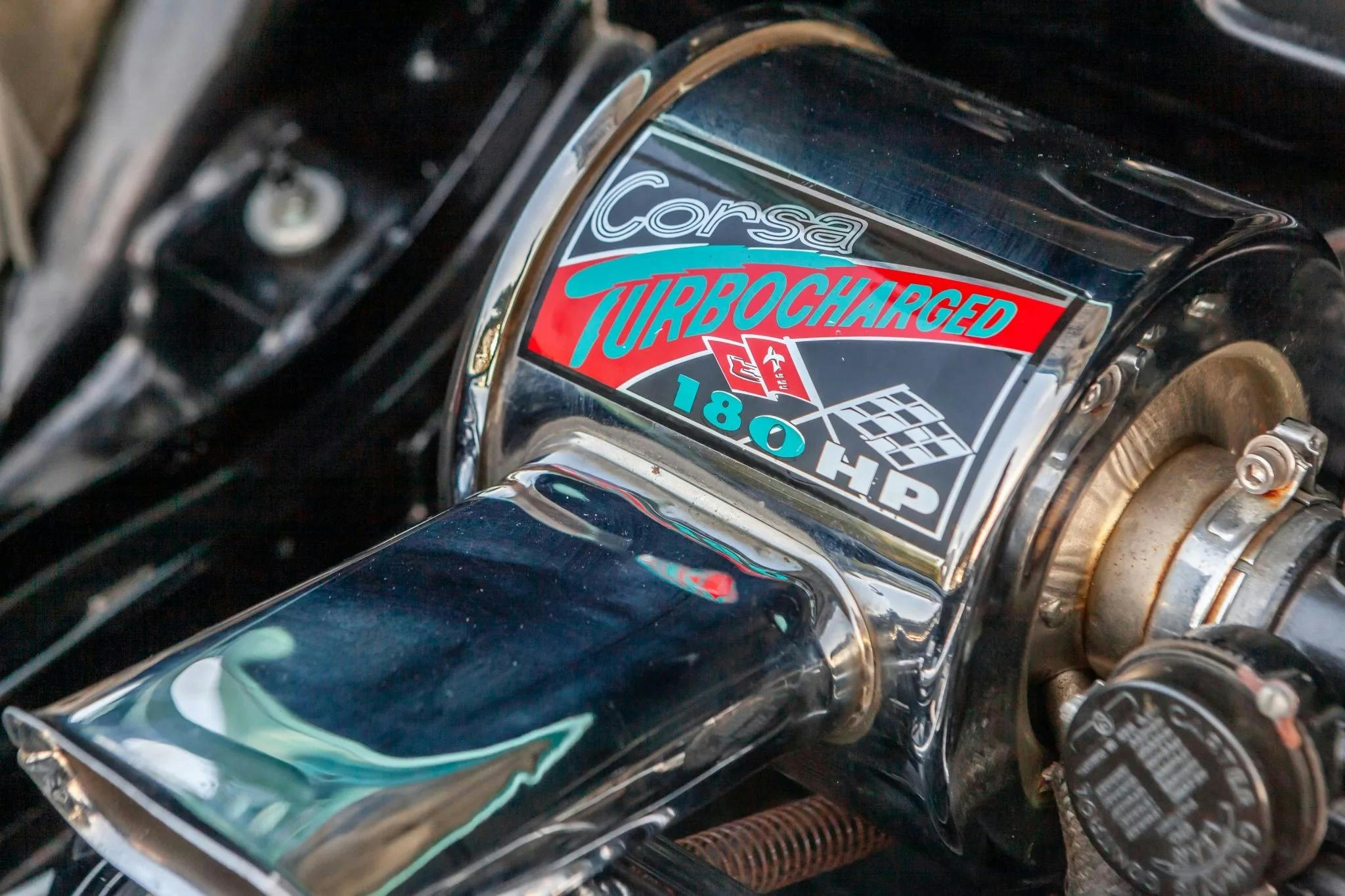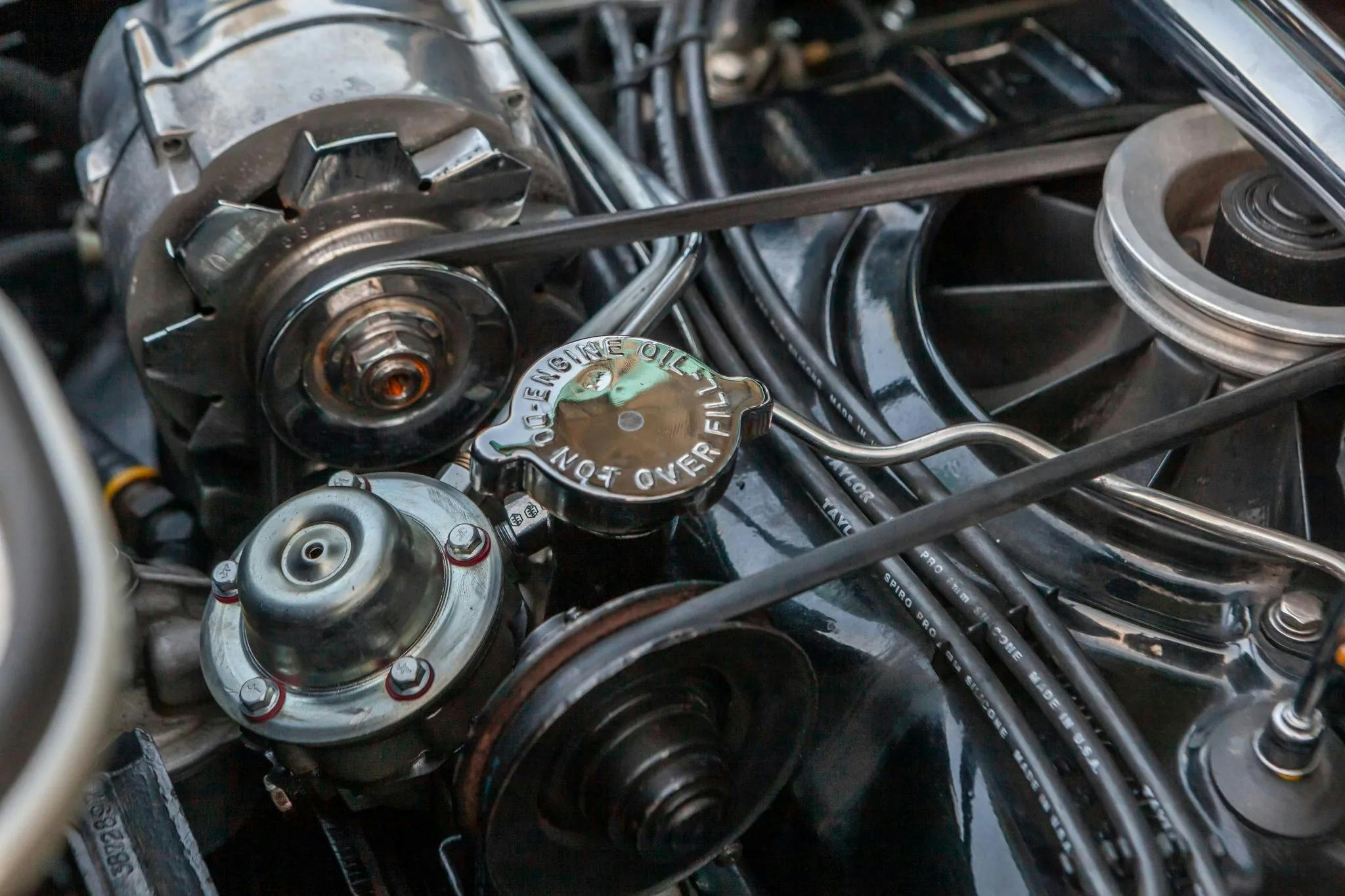Offbeat Americana: Are Corvairs still under the radar?
Though made infamous in the 1960s because of the way its rear-engine layout handled, the Corvair has led a rather obscure existence as a collector car. Despite the car’s die-hard fanbase, Corvairs have remained consistently affordable for decades. With this week’s $27,037 sale of a 1965 Corvair Corsa, is the rest of the world is beginning to catch on to what makes this little grocery getter so special?
If you’re a car enthusiast with any passing knowledge of Detroit’s heyday, you know the story well: an enterprising Ralph Nader successfully made a name for himself in 1965 by asserting that the Corvair was inherently dangerous in his book, Unsafe At Any Speed. Sufficiently scared by the allegedly treacherous driving dynamics (and intrigued by more conventional options like the Mustang, which became available around the same time as Nader’s attack), the public shunned the Corvair, leaving it to die a slow death by 1969.
That’s a shame, because the Corvair wasn’t dangerous: it was just different, as our editor-in-chief Larry Webster can attest.
The reality was that the handled rather well for its time and was predictable—as long as you knew what to expect from a car with most of its weight in the rear.
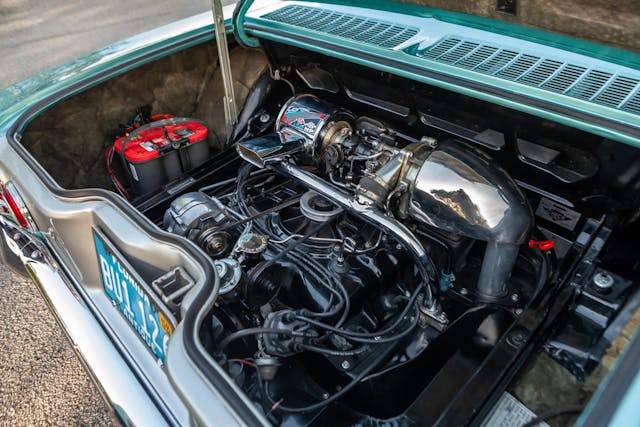
This week’s sale offers a window into how technologically advanced Chevy could be way back in 1965. Created during an era of incredible design and innovation at General Motors, the compact Corvair embodied a willingness to try a fresh approach at an economy car while other manufacturers were merely downsizing the existing front-engine, rear-drive architecture that ruled the day. Under the hood of this top-of-the-line Corsa sits a 180-horsepower turbocharged, air-cooled aluminum 2.7-liter (164-cubic inch) flat six mated to a four-speed transaxle. A trailing arm independent rear suspension replaced the first-gen Corvair’s swing axle setup for 1965. Inside, the flat-floor interior sports a 2+2 seating layout, telescoping two-spoke steering wheel, and a full complement of gauges.
The tech and comfort is wrapped in a perfectly-proportioned package that David E. Davis called “the most beautiful car to appear in this country since before World War II” in the October, 1964 issue of Car & Driver. It’s hard to argue with that statement, and this car’s subtle addition of Buick GS-like fifteen inch wheels add to the clean looks.
Speaking of modifications, this car sports a variety of add-ons, including a faster steering rack, cut HD factory springs, aftermarket ignition, and a host of comfort-oriented changes to the interior. This is not a concours car by any stretch, but all the changes appear well-executed and most are easily reversible. Besides, it appears that the Corvair community doesn’t greatly devalue cars with tasteful modifications, and this car’s well-documented build thread gave bidders confidence.
As often happens, a vibrant discussion flourished in the Bring a Trailer comment section. User Chebby caught my eye with an astute assessment: Corvairs are unique in that they’re not V-8-enough for the usual bowtie crowd and not German enough for the usual air-cooled people, so by and large the community has been pretty isolated and costs have remained reasonable. So, when a nice Corvair like this one pops up on a high-traffic place like Bring a Trailer, how long will it be before the speculators move in and ruin the party?
It’s impossible to predict the future, but data from the Hagerty Price Guide indicates that even in our red-hot market, the Corvair remains something of an acquired taste.
Except for a slight downturn in 2017 among all but #1 Condition cars, median values slowly increased or held steady up to the beginning of 2021. Corvairs have since followed the consistent market trend of #1 and #2 Condition cars seeing the most gains (12.8 percent and 23.7 percent, respectively), while driver quality cars followed a more modest appreciation. This is in contrast to standout examples like Porsche's 996 911, which has shot up some 40-50 percent in the latest surge. It's safe to say that the Corvair, while trending upward with much of the rest of the market, has yet to break through as the next big thing. Note that these numbers represent Corvair data as a whole, so a clean top-trim Corsa example like the one in question will transact well above median.

It turns out that within the growth of Corvair values, this particular car is pretty well-bought. A #2 Condition '65 Corvair Corsa with the turbo engine is valued at $31,800. Our team gave this car a "2-" Condition rating, meaning that it's an excellent driver car with only minor issues to be addressed. We felt it is likely accurately priced within the market.
To Chebby's point about how insular the Corvair club may be, there's beginning to be interest from places you might not expect. Boomers continue to place most of the insurance inquiries for second-gen Corvairs, making up 45 percent of quotes. However, millennials and Gen Z have shown the greatest uptick in interest, seeking 20 percent of quotes, an increase of six percentage points over two years. With younger generations knocking on the door, the Corvair crowd may soon find it has a new set of quirky car lovers. Whether the younger cohort drives up prices or if their numbers are significant enough to move the market remains to be seen.
In a different universe where Nader instead wrote about the Volkswagen Beetle and thus gave the Corvair a chance to further develop its place in the market, its collector status could be very different indeed. And, had its 30-mpg flat six survived into the gas crisis of the '70s, GM's look may have been very different through the Malaise Era. As it stands, though, the Corvair's attributes and story make it a standout among mid-century American cars, and it should be celebrated. Just not too much, so Corvair fans can continue to preserve their affordable fun.
